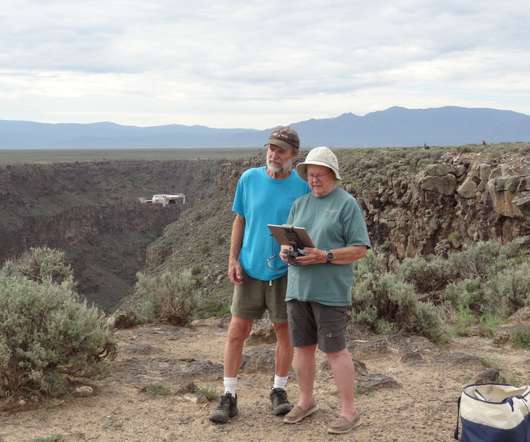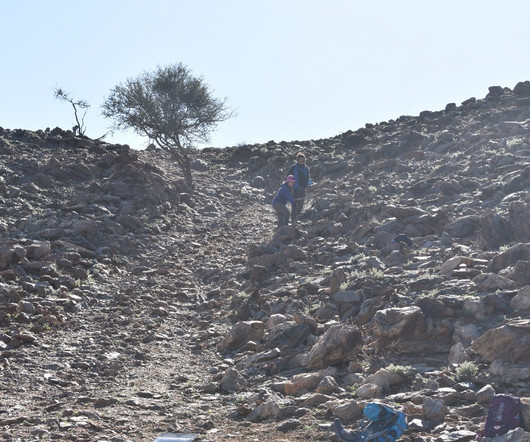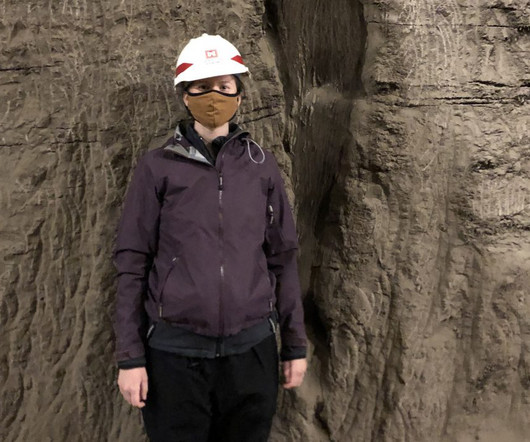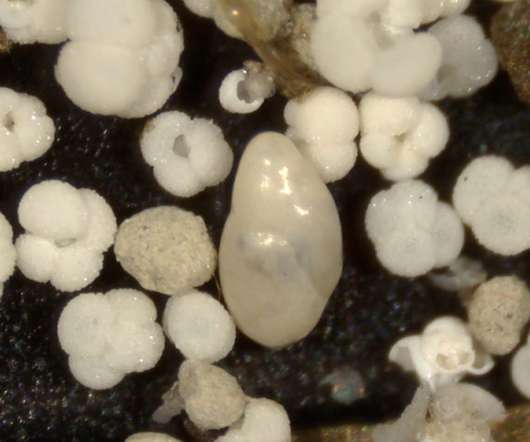A rocky revolution: Can virtual 3D models transform the teaching of geology?
Futurum
DECEMBER 8, 2022
Virtual 3D models can improve the classroom learning experience by removing this hurdle and providing students with 3D representations of geological features. This technique is especially effective compared to traditional teaching methods, as it creates a far richer classroom learning environment. “We Pathway from school to geology.











Let's personalize your content